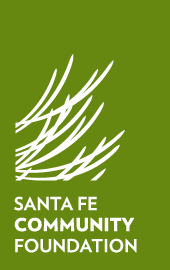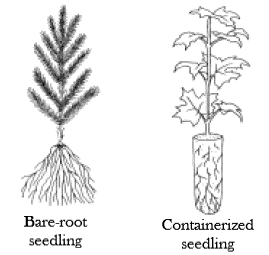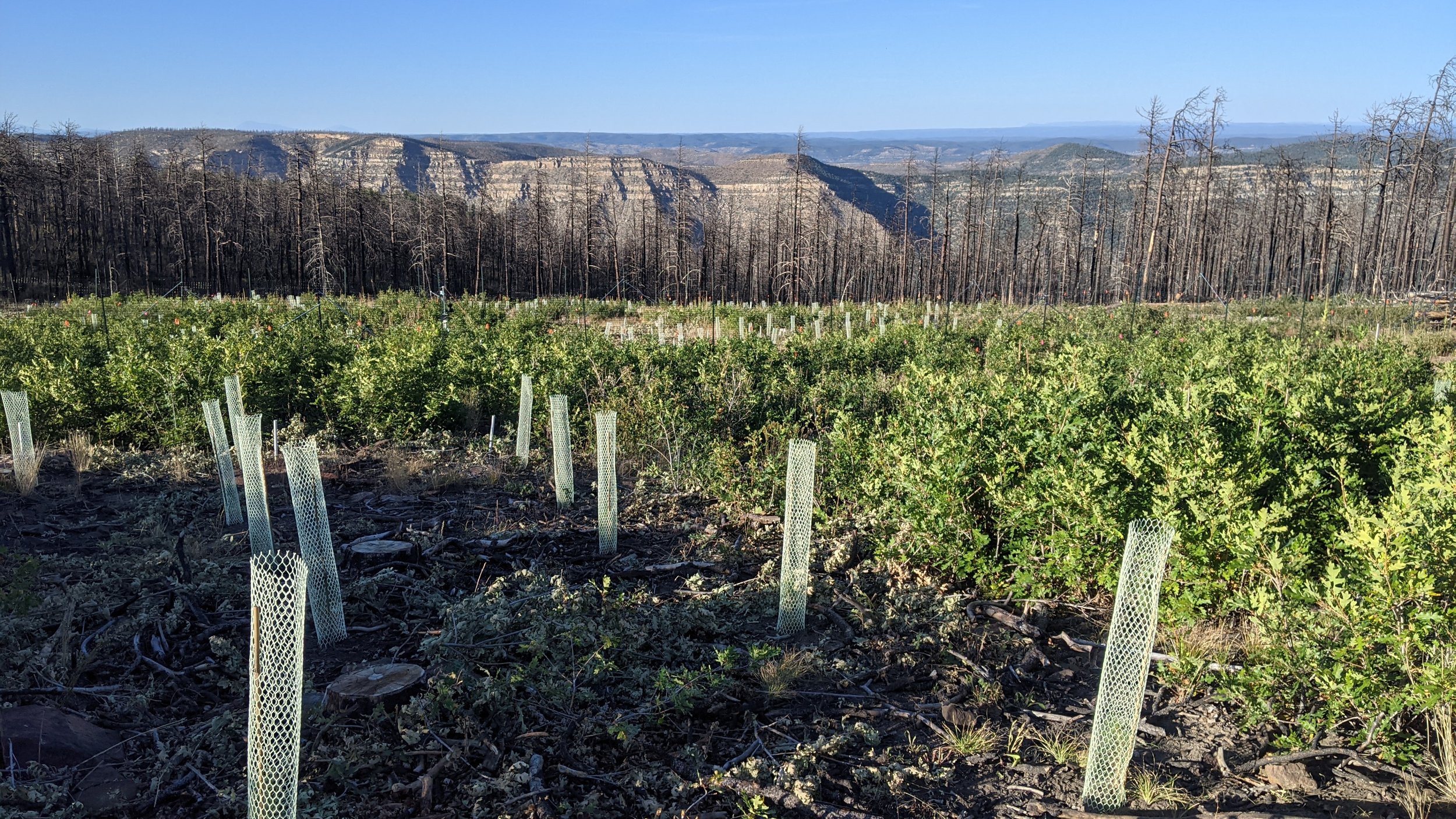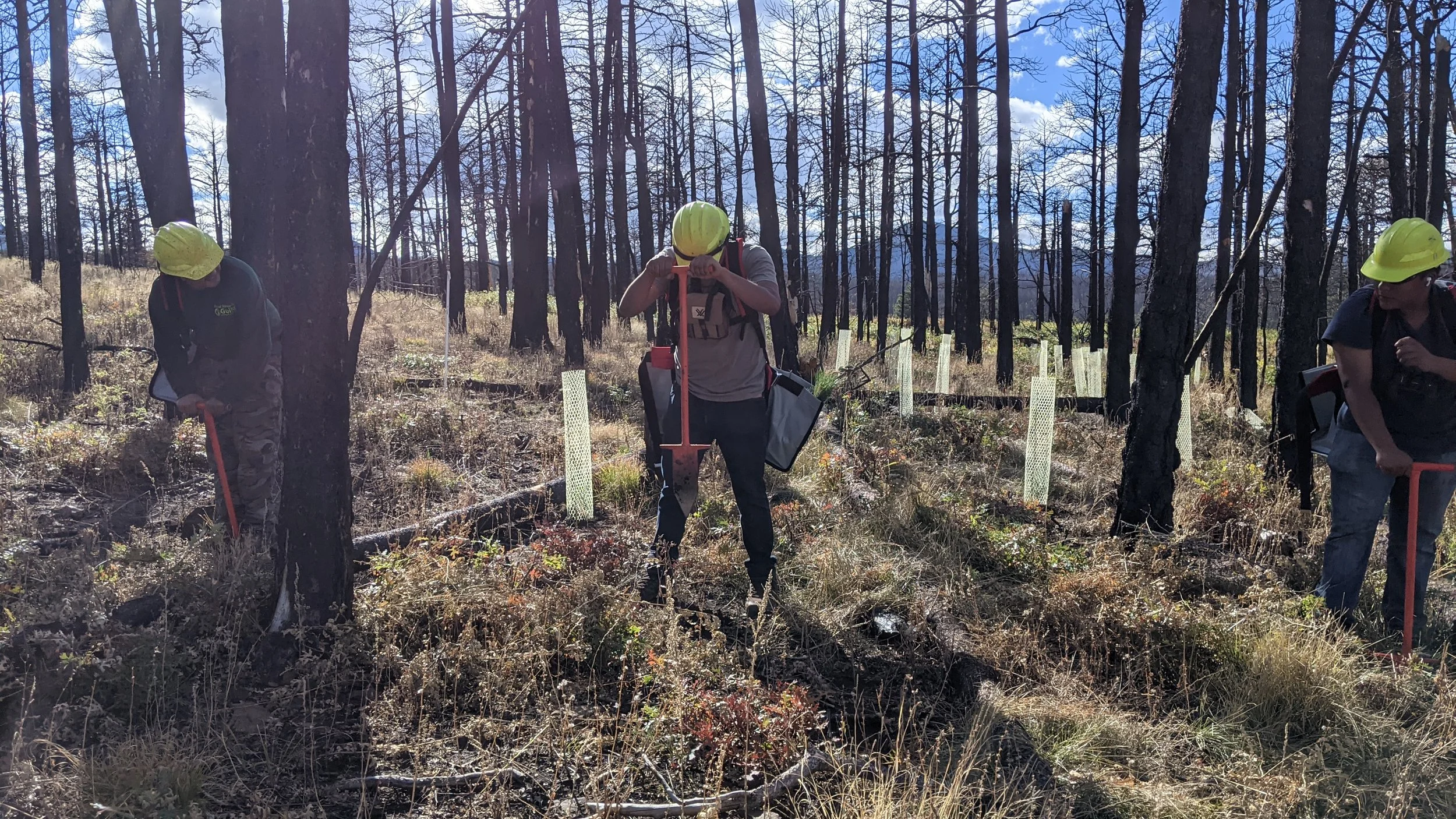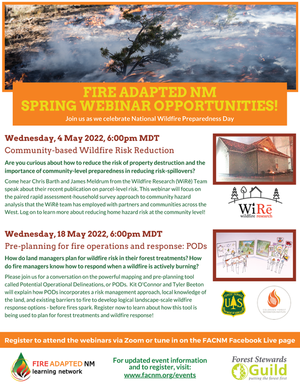Hi Fireshed Community,
Experiencing a destructive wildfire is devastating. Amidst all the grief and loss, navigating the process of recovery and rebuilding can feel debilitating. With all wildfire that we have already experienced in New Mexico this 2022 fire season, we want to support the recovery process by providing a list of mental health resources and funding programs.
As we begin to think about monsoon season, it is important for communities to plan for and mitigate the potential effects of flooding and erosion. There is a flash flood watch for the Las Vegas, NM area for today, June 8th.
Please reach out to any friends and family that may have been impacted by the 2022 NM wildfire season and consider sharing these resources with them. If you have not been personally affected by wildfire, and you would like to help out those in need, please skip ahead to the end to learn about donating your money to people in need.
Thank you,
Gabe
Mental and Emotional Support
Feelings such as overwhelming anxiety, constant worrying, trouble sleeping, and other depression-like symptoms are common responses before, during, and after wildfires. Other signs of emotional distress related to wildfires include:
Having thoughts, memories, or nightmares related to the wildfire that you can’t seem to get out of your head
Worrying a lot of the time; feeling guilty but not sure why
Excessive absences from work or school
These are just a few warning signs of disaster-related distress. Learn more about warning signs and risk factors for emotional distress related to wildfires and other disasters.
If you or someone you know is struggling with mental health following the recent wildfires, please take a look at the following resources that are available to support you through your process with grief and loss.
For those affected by the Hermit’s Peak/Calf Canyon wildfire
Mental health services for the New Mexico Highlands University community are available at the NMHU clinic 8 a.m. to 5 p.m., Monday through Friday. To make an appointment, call 505-454-3218.
Mental Health Counseling available for all in San Miguel and Mora counties Community-Based Services–NM Behavioral Health Institute after-hours crisis line: 505-425-1048
Calf Canyon-Hermit’s Peak Fire Emotional Support Group
If you would like support for you and/or your loved ones during this difficult time, join our support group. Many are struggling with not only stress but grief and loss time, you are not alone. Your feelings are valid and you deserve a safe space to share them.
Everyone is welcome!
Every Monday at 5 p.m.starting May 16, 2022
Memorial Middle School
Las Vegas, NM 87701
If you would prefer individual or family support, please call or text 505-587-9549 or 505-429-3511
Sponsored by 100% Community Behavioral Health Action Team
For those affected by the Calf Canyon/Hermit’s Peak wildfire or any other wildfire in the state:
Statewide NM crisis line: 1-855-NMCRISIS (855-662-7474)
Post-Fire Funding for Landowners and Acequias
NRCS Emergency Watershed Program
Landowners who were affected by the recent Hermits Peak and Calf Canyon wildfires in San Miguel and Mora counties can apply for the NRCS Emergency Watershed Program (EWP). The program will cover 90% of the cost of post-fire mitigation measures that can protect life and property. The local sponsor (SWCD) will cover the 10% match. The landowner can contribute in-kind materials and labor toward the 10% match. Examples of EWP mitigation measures include erosion control through contour felling, debris removal, retention ponds, berms, etc. For more examples, view the video recording from a recent meeting below.
Click here for the recording of a recent meeting by the Tierra y Montes SWCD: Meeting Recording
Individual landowners or acequias can apply. The links below are for each of the two SWCDs who are sponsoring the program at the local level by both the Tierra y Montes SWCD and Western Mora SWCD.
After you apply, the NRCS will contact you to conduct a site visit.
Post Fire Remediation through Hermit’s Peak Watershed Alliance
If you are not eligible to receive Emergency Watershed Protection Program funding, Hermit's Peak Watershed Alliance is also able to help with post-fire remediation work. We can bring technical expertise, materials and volunteer crews to projects such as seeding, erosion control and the slowing of potential flood waters. If you would like to schedule a site visit, please email us at hpwa@hermitspeakwatersheds.org.
Emergency Conservation Program
In addition to the NRCS EWP Program, there are other programs to assist producers during times of drought or wildfire. The FSA will soon announce a sign up period for the Emergency Conservation Program (ECP) to assist landowners with fire and flood related damages such as broken fences, ash and silt on lands, etc. Stay tuned for more updates.
Producers in Colfax County are eligible to apply for 2022 Livestock Forage Disaster Program (LFP) benefits on native pasture. LFP provides compensation if you suffer grazing losses for covered livestock due to drought on privately owned or cash leased land or fire on federally managed land. County committees can only accept LFP applications after notification is received by the National Office of qualifying drought or if a federal agency prohibits producers from grazing normal permitted livestock on federally managed lands due to qualifying fire.
You must complete a CCC-853 and the required supporting documentation no later than January 30, 2023, for 2022 losses. For additional information about LFP, including eligible livestock and fire criteria, contact the Colfax County USDA Service Center at 575-445-9471 or visit fsa.usda.gov.
Potential applicants should be aware that they need to have farm records established at the Farm Service Agency (FSA) to be eligible to apply for the the above FSA programs. The NMAA can provide technical assistance with the sign up process. For more information, contact serafina@lasacequias.org.
Funding for Community Organizations Supporting Recovery
The Santa Fe Community Foundation is pleased to announce that they are now accepting applications for wildfire relief funding through the SFCF Community Resiliency Fund and the All Together NM Fund, respectively. New Mexico nonprofits and federally-recognized tribes are encouraged to apply today. Applications will be reviewed on a rolling basis and all funding will go toward core operating support.
For more information, click here.
Donate to Support those Affected by the Calf Canyon/Hermit’s Peak Wildfire
If you have not been personally affected by the Calf Canyon/ Hermit’s Peak wildfires and you want to support those in need, please consider donating to local organizations.






